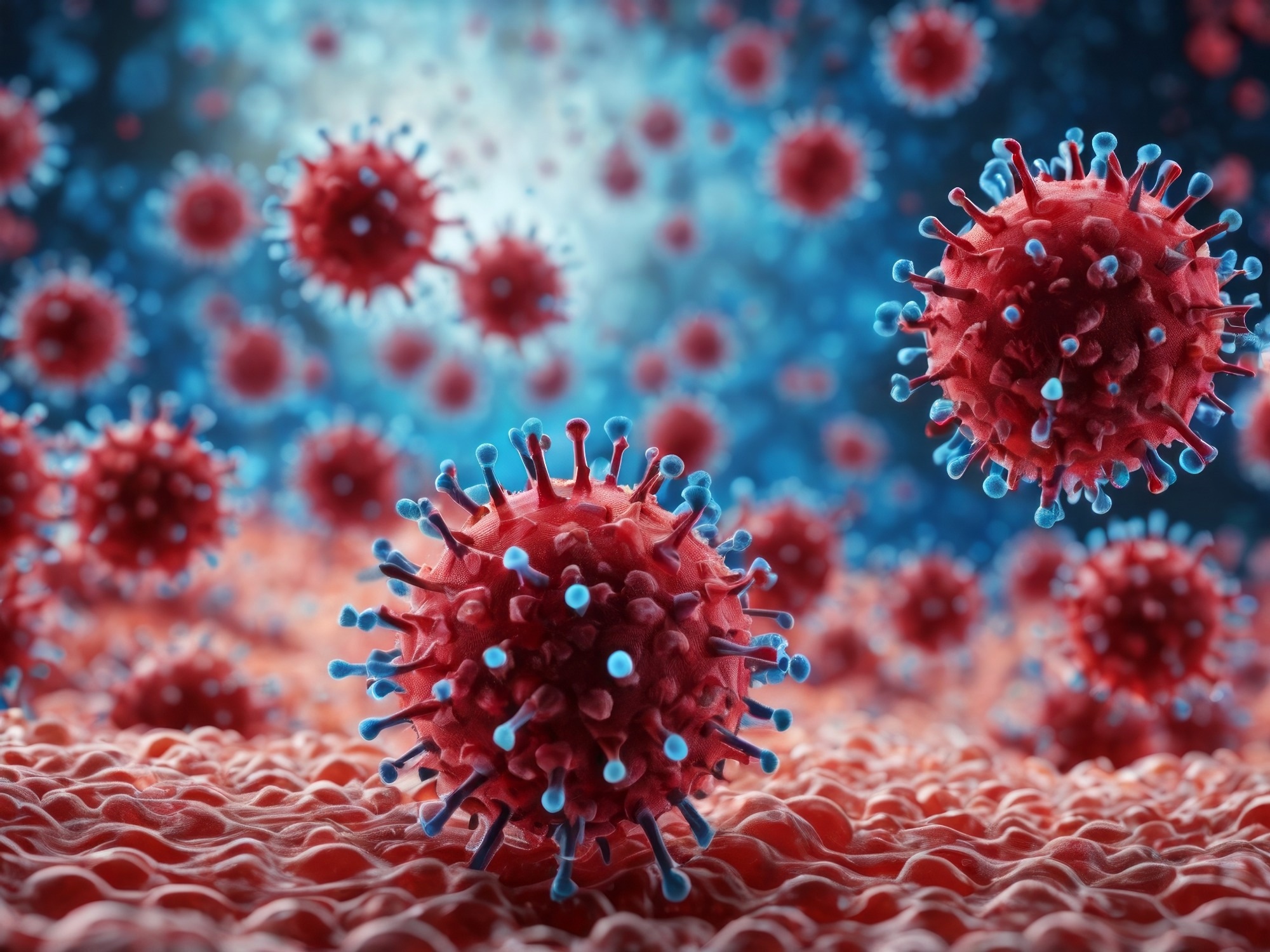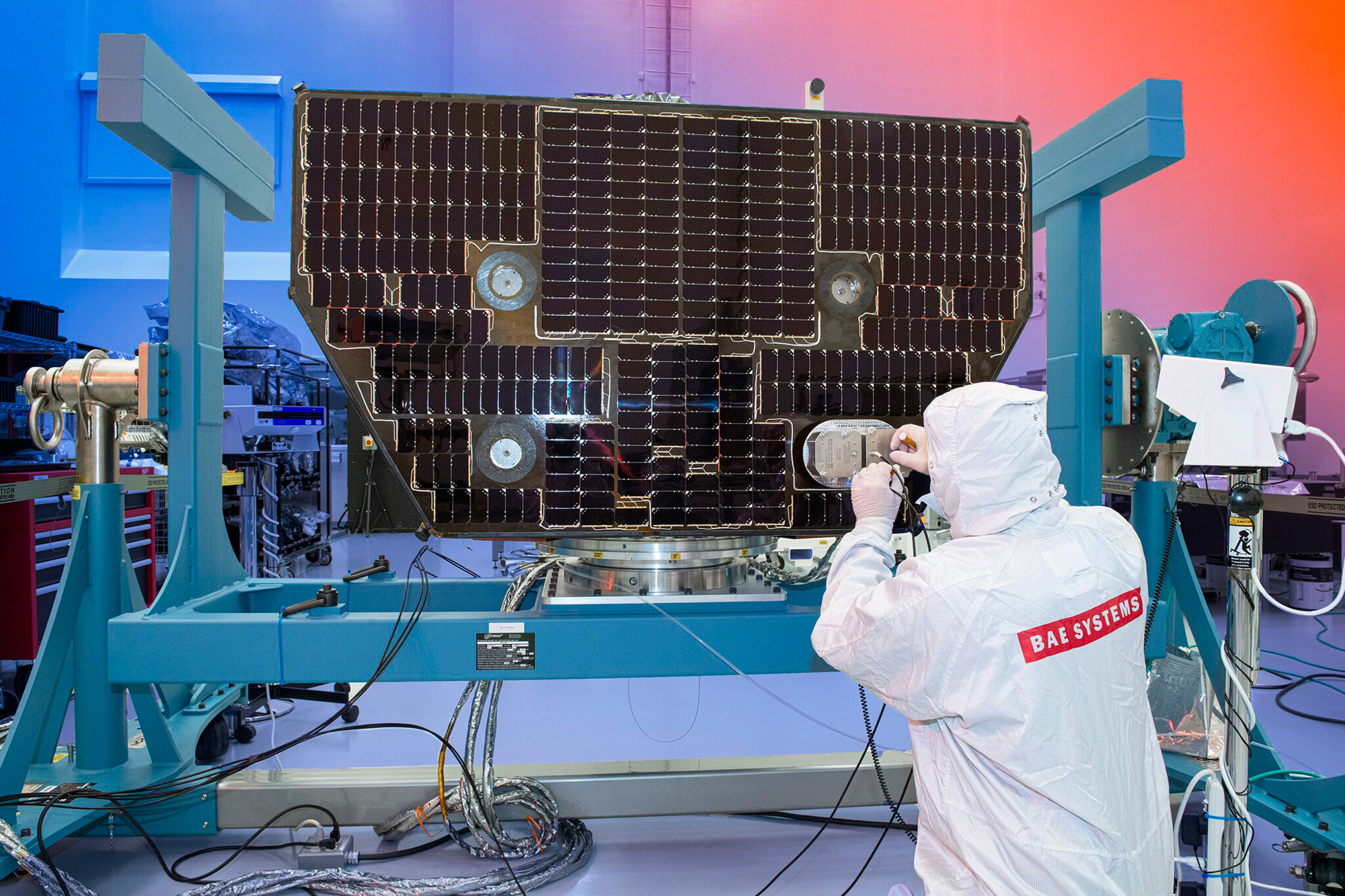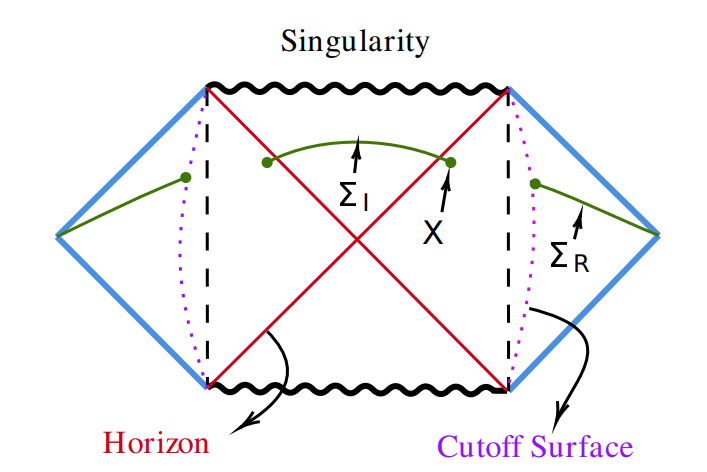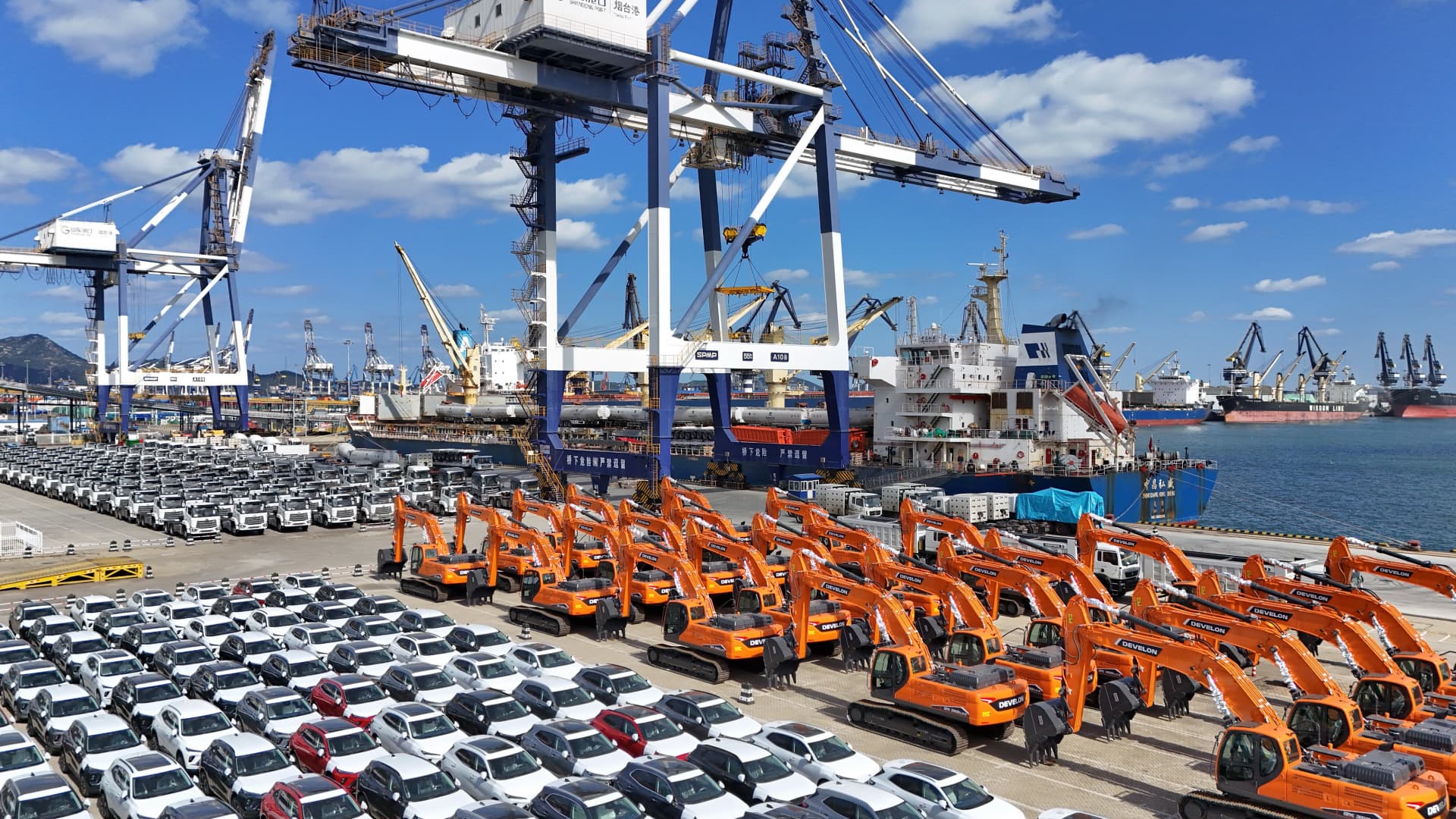New research from Mass General Brigham reveals that COVID-19 infection in pregnancy may subtly alter fetal brain development, heightening the risk of speech, motor, and autism-related disorders in early childhood.
Study:

New research from Mass General Brigham reveals that COVID-19 infection in pregnancy may subtly alter fetal brain development, heightening the risk of speech, motor, and autism-related disorders in early childhood.
Study:

The last time someone photographed the exosphere, the outermost layer of Earth’s atmosphere separating it from outer space, was in the 1970s from the surface of the Moon.
This is a problem for two reasons, said Brian Walsh,…

New images from the James Webb Space Telescope have revealed NGC 6537, the Red Spider Nebula in unprecedented detail, complete with sprawling legs, a glowing heart, and possibly a hidden companion lurking at its core.
NGC 6537, to use its…

Independent brewer Brewlander has teamed up with BLKJ Havas to launch a new campaign that invites drinkers to create their own beer ads using AI.
The activation takes aim at the big-budget world of traditional beer advertising —…

When it comes to health, small changes can make a big difference. Every incremental improvement to daily habits contribute to a healthier whole, and the upcoming One UI 8 Watch is designed to help…

It’s not just your body that needs to be ‘worked out’. Your brain also needs training to stay young and fit.
A digital brain exercise, developed by the American biotech company Posit Science Corporation, has been put to the test by…

Tech blogger Digital Chat Station revealed on Thursday that Huawei’s next flagship foldable smartphone, the Mate X7, is scheduled for a November launch. The device is expected to feature a 7.95-inch 2K COE LTPO+UTG inner display,…

The behaviour of information released during black hole evaporation represents a fundamental challenge to modern physics, and recent research by Yipeng Liu, Wei Xu, and Baocheng Zhang from China University of Geosciences sheds new light on…

PESHAWAR: Tehreek-e-Taliban Pakistan’s second-in-command Amjad was among four militants killed by security forces while…

Chinese-made automobiles and construction machinery are assembled and shipped for export at Yantai Port in Yantai City, Shandong Province, China, on October 21, 2025.
Costfoto | Nurphoto | Getty Images
China’s manufacturing activity in October contracted more than expected, shrinking to the lowest level in six months, an official survey showed on Friday, as trade tensions with Washington reignited during the month.
The official manufacturing purchasing managers’ index came in at 49.0, data from the National Bureau of Statistics showed, missing economists’ expectations for 49.6 in a Reuters poll. A reading above the 50 benchmark indicates growth while one below that suggests contraction.
The latest reading reversed the recovery in recent months, after the PMI rose to a six-month high of 49.8 in September, compared to 49.4 in August and 49.3 in July.
The country’s manufacturing activity has remained in contraction since April, when U.S. President Donald Trump’s tariff campaign pressured Chinese factories as well as global demand.
China’s economy expanded 4.8% in the third quarter, marking the slowest growth in a year. Adding to the constraint on the economy, fixed-asset investment unexpectedly contracted 0.5% in the first nine months of the year — the first such decline since 2020 during the pandemic — according to data going back to 1992 from Wind Information.
Large industrial firms saw their profits surge the most in nearly two years, rising 21.6% in October from the same period a year earlier, as declines in factory-gate prices eased amid Beijing’s campaign to rein in a bruising price war and excess capacity.
Domestic demand has remained sluggish, with a protracted property slump and soft labor-market conditions eroding households’ spending power.
China and the U.S. reached a trade truce on Thursday after months of rising tensions, de-escalating the situation that had threatened to push the world’s two largest economies into a full-blown trade war.
Trump said the U.S. would immediately cut the 20% fentanyl-linked tariffs on Chinese goods by half, and in turn, Beijing would resume “massive” purchases of American soybeans and other farm products. China also agreed to pause its sweeping rare-earth controls for a year while taking steps to stem the flow of precursor chemicals used in fentanyl production. Both sides agreed to suspend fees for one year on ships that dock at each other’s ports.
But analysts cautioned that the meeting fell short of a comprehensive pact that addresses issues core to the U.S.-China rivalry and other contentious issues, including Taiwan, making the deal vulnerable to another escalation in the delicate detente.